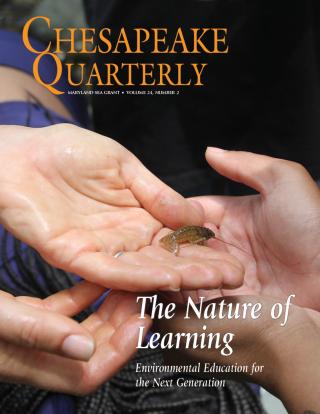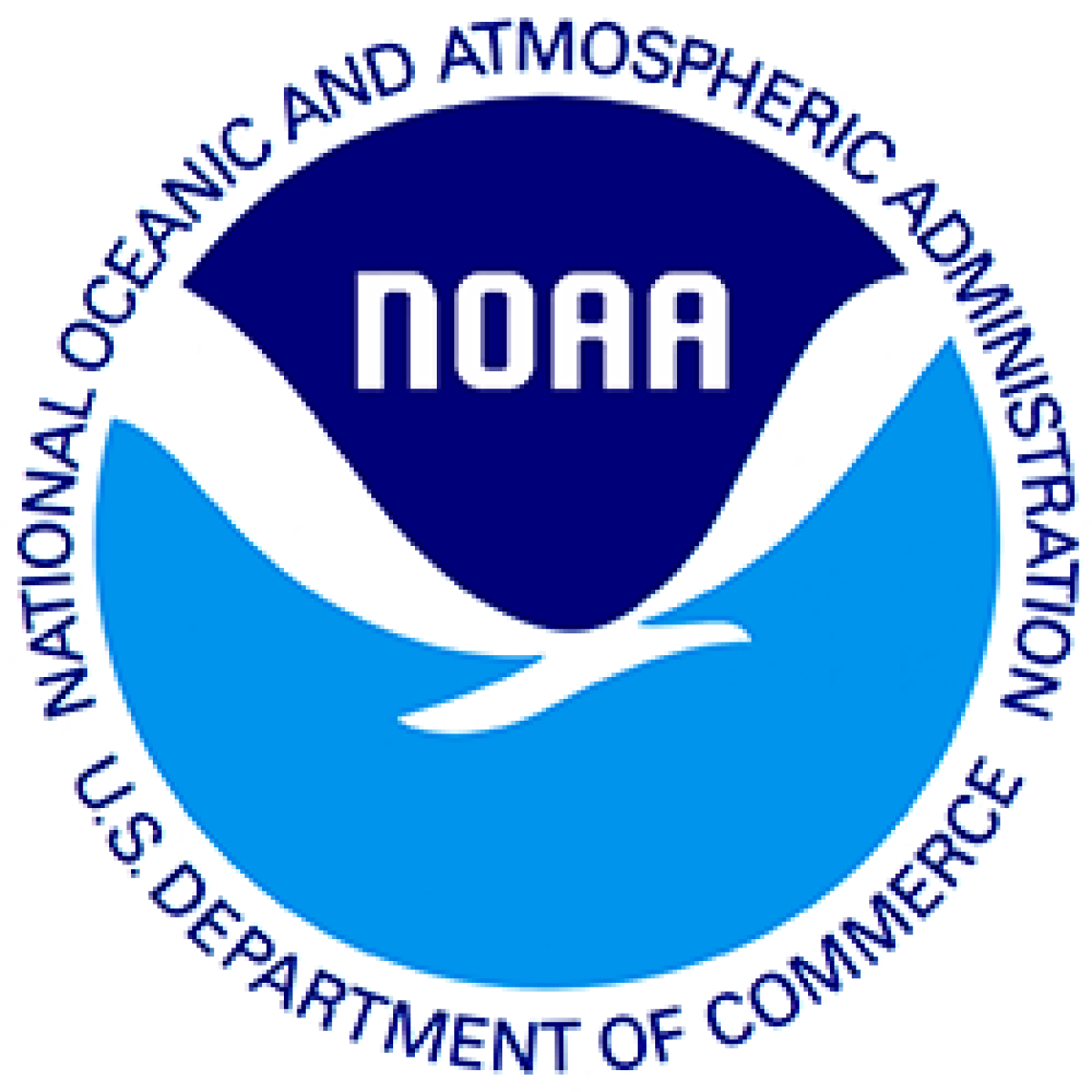Knauss legislative fellowships in Congress help build careers — and they're fun and educational. See our video and fact sheet for details.
The Maryland Sea Grant Bookstore will be closed for the winter holidays from Monday, December 15th to Friday, January 2nd and will not be taking orders during that time.
R/WQ-6
Assessing the Impact of Freshwater Salinization Syndrome on Mobilization of Nutrients and Metals in Urban Streams and Rivers
Principal Investigator:
Sujay KaushalStart/End Year:
2020 - 2022Institution:
University of Maryland, College ParkCo-Principal Investigator:
Shuiwang Duan, University of Maryland College ParkTopic(s):
- Watershed Restoration
Strategic focus area:
Healthy coastal ecosystemsDescription:
Salinization is increasingly affecting many watersheds, significantly impacting drinking water resources and infrastructure, reducing stability and resilience of aquatic ecosystems, and potentially hindering stream and river restoration efforts. Salinization is related to deicer use on roadways with additional contributions from accelerated weathering of impervious surfaces, water softeners, and sewage. The concentrations of chloride observed in many urban streams in Maryland now exceed the limit of 250 mg/L established by the U.S. EPA for chronic toxicity to freshwater life. These observed ranges and extreme fluctuations in salinity can mobilize nitrogen, phosphorus, base cations, and toxic metals from sediments to streams due to enhanced ion exchange and solubility. The objectives of this study are to: (1) assess the effects of freshwater salinization from different common salt ions on mobilization of nutrients and metals in urban streams surrounded by differing land use and geomorphic setting; and (2) characterize changes in concentrations and fluxes of salts, nutrients, and metals in urban streams following winter deicing events to better inform development of total maximum daily loads
(TMDLs). The effects of salinization on mobilizing nutrients and metals will be characterized in 3 ways: (1) controlled laboratory incubations with soils and sediments exposed to varying levels of NaCl, KCl, CaCl2, and MgCl2 concentrations; (2) short-term salinization experiments in urban streams before winter snow events; (3) monitoring of ambient water quality following winter deicing events in urban streams. The proposed project will provide an estimate of different salt concentrations and thresholds of mobilization of nutrients and metals across a broad range of streams in the Baltimore, MD and Washington DC metropolitan regions. In addition to publishing scientific papers, we will also develop facts sheets for the U.S. EPA, University of Maryland Extension, and Maryland Sea Grant on the levels and types of contaminants mobilized by different salt ions.
Impact/Outcome:
Outcomes report: Previous work has seldom evaluated the holistic environmental impacts of different salt ions on contaminant mobilization across urban streams and floodplains. We found that freshwater salinization warrants recognition as a more complex process than increases in concentrations of salt ions alone and research on the effects of different salt ions. We compared the effects of varying levels of different salt ions on contaminant mobilization and identified critical thresholds of salinity for contaminant mobilization across sites. We also identified which salt ions have the greatest impact on nutrients and metals. More importantly, results of this study are among the first to quantify changes in the peaks and persistence of different chemical cocktails in response to winter deicing events. Estimated rates of nutrient and metals mobilization from this study can better inform protocols for enhancing the effectiveness of stream restoration strategies. Interestingly, we found that stream restoration and stormwater management both have the potential to retain salt pollution in different stormwater management features, but there can be subsequent release and mobilization of metals, organics, and nutrients in response to freshwater salinization above critical salinity thresholds.
Related Publications:
Morel, CJ; Kaushal, SS; Tan, ML; Belt, KT. 2020. Developing Sensor Proxies for "Chemical Cocktails" of Trace Metals in Urban Streams Water12(10) . doi:10.3390/w12102864. UM-SG-RS-2020-20.





